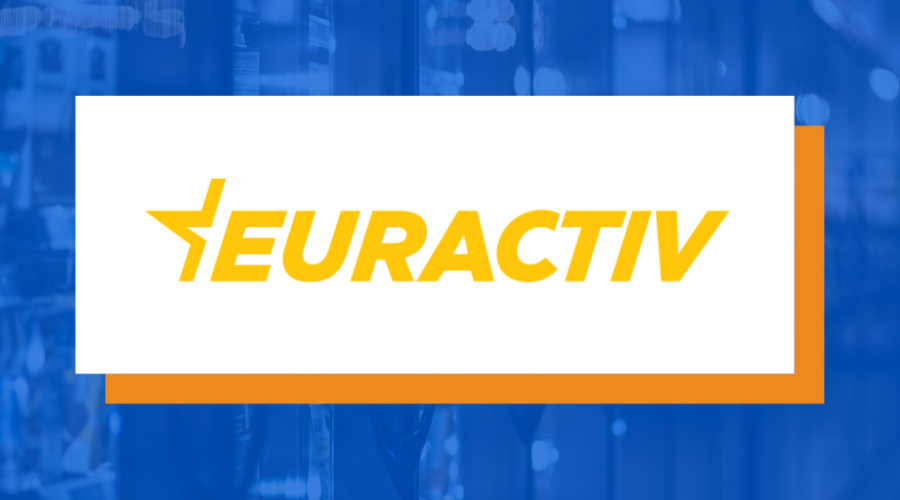Zurich Named As Best Airport in New European Ranking
2023 is shaping up to be a story of both great challenge and great promise for European travelers and airports alike. In our third edition of the European Consumer Airport Index, the Consumer Choice Center has refined and updated our rankings using data provided to us by airports, annual reports, online statistics, and our own independent research.
Several of the best-performing airports in our index remain at the top: Zurich, Brussels, and Frankfurt lead the pack as the top 3 airports in Europe for passengers.
We used several factors to assess airports ranging from their location and transportation services to the availability of consumer-friendly amenities like shops and restaurants. There’s also a focus on security waiting times, and the average caseload of flight delays.
“This index is a vital resource for travelers looking to get the most out of their experience flying in Europe. An awful airport experience can be a black mark on an otherwise incredible adventure, and we’re pleased to share our latest rankings with the world so they can be more prepared and fly smarter,” said Emil Panzaru, Research Manager with the Consumer Choice Center.
Read the full text here











